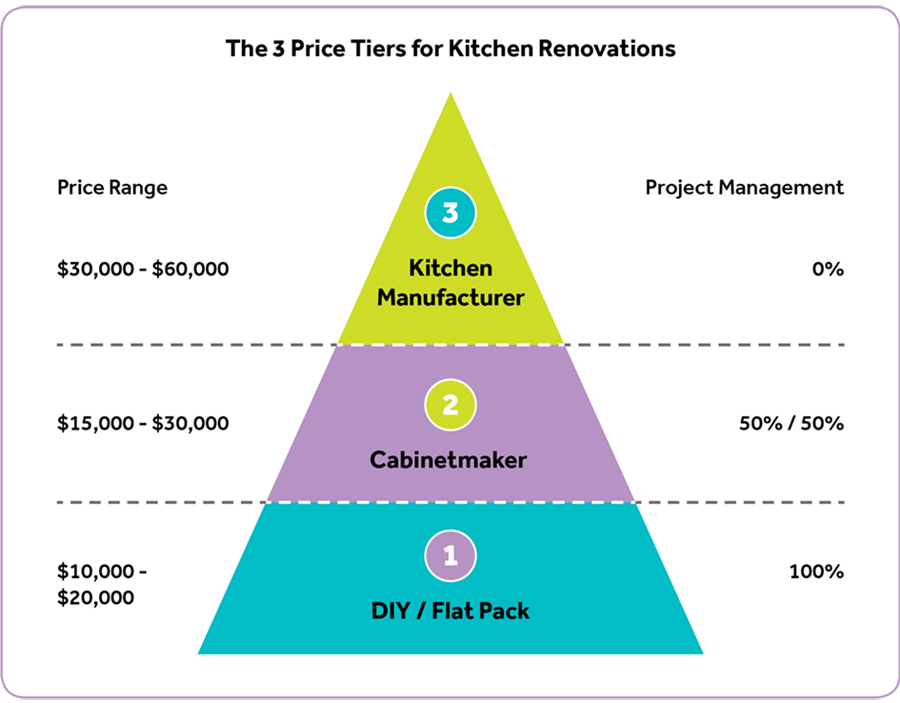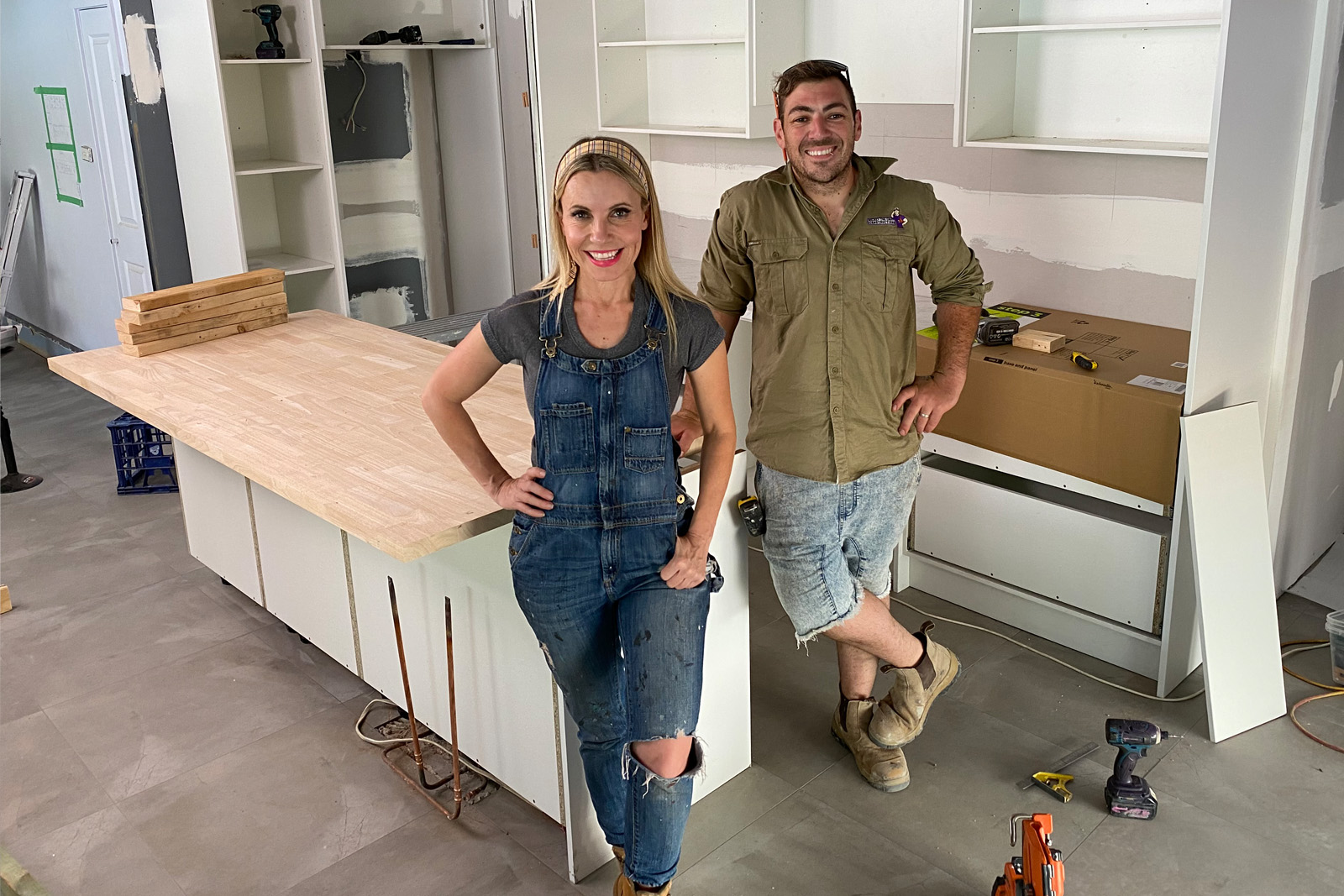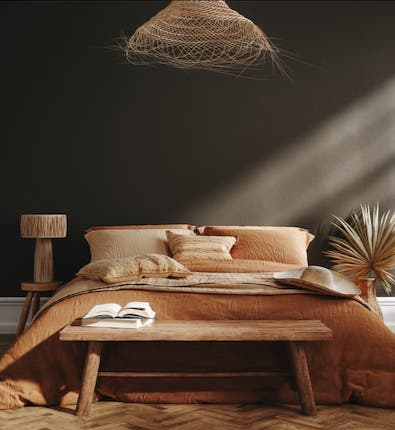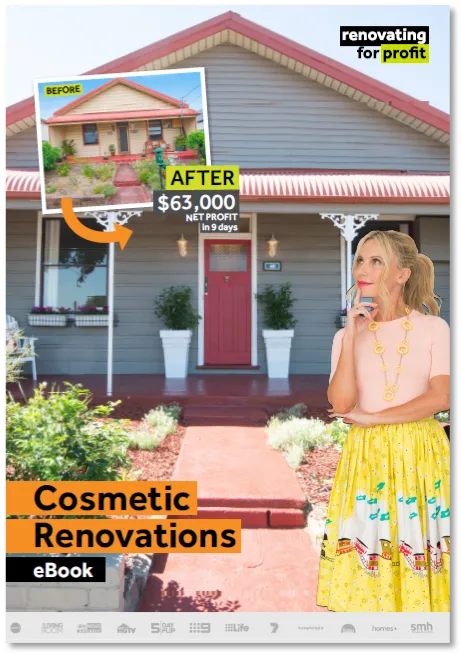How To Master Your Kitchen Renovation Budget
Like it or not, your kitchen will be the most expensive room in your property to renovate. And rightly so, it’s the one space internally that adds the most value, according to bank valuers.
If you’re planning a dream kitchen to your own home and the primary goal is to create a kitchen to enjoy for years to come, then saving money or having a ‘budget’, probably won’t be on your radar. For you, the most important thing is to love the space you live in. However, if you want to make sure you don’t overcapitalise too much on your new kitchen, you may want to make sure you have some budget in mind to avoid costs spiralling out of control. It’s super-easy to get carried away, once you start looking at kitchen design images on Instagram or Pinterest so having budget parameters to stick by will surely be a good thing.

Kitchen Costs Vary Per Project
Know that the cost of a brand-new kitchen installation will vary according to factors such as:
- Your property’s location
- Your room size
- The condition of your room
- The amount of structural work to be done, if any
- The number of cabinets you have to install
- The quality of materials you choose
- The appliances you select
- The amount of labour required
- How much you do or don’t project manage yourself
Even with all of that said, you’ll still need a budget to work with, which leads me to your kitchen budget formula …
Your Kitchen Budget Formula
If you’re renovating your kitchen where you don’t want to risk overcapitalising then aim to spend no more than 3% of your current property value (not the original purchase price of your property). This formula is for a fully finished kitchen, materials and labour included, all said and done. This is a good rule of thumb to stick by, especially to avoid ‘undercapitalising’ where you don’t invest enough money to do the room justice.

Hypothetical example: If your property is currently valued at $600,000, your kitchen spend should be in the vicinity of $18,000 total, fully finished. If you spend more, you risk overcapitalising – it’s that simple!
It’s important to highlight, if you start changing your room layout structurally – deleting, moving or adding walls, or structurally altering your floors – this is all additional money that will be required on top of your 3% budget. If you choose to make these sort of structural changes (which some kitchens will desperately need), you’ll find it almost impossible to stick to the 3% rule of thumb.
In my Create Your Perfect Kitchen online course, further budget breakdowns exist for what you should spend on all your individual kitchen components such as your appliances, cabinetry, etc… don’t get too caught up on the exact spend of each component. What’s far more important is that your kitchen comes in, on budget, at the very end of your project.
With that said, the above equation might now present a conundrum… if you have a lower budget property (say a regional one, valued at about $300,000), you may now be saying, “there’s no way I can get a brand-new kitchen installed for just $9,000!”. Don’t get disheartened, there are three key pricing tiers for getting your kitchen installed, ranging from the inexpensive to more luxurious budgets.
What Are Your Options?
Over the last 30 years, I’ve renovated more than 50 kitchens. Taking my own experience and feedback from many of my Cosmetic Renovations For Profit students over the years, I’d go so far to say that three price tiers tend to be representative for a brand-new kitchen installation.

Budget wise, the most expensive option is to outsource your whole project to a full service kitchen showroom/manufacturer where you can easily drop $30,000 – $60,000 typically. This is not a problem for a more expensive property but for a lower-budget property, it will be.
On the flipside, kitchen showrooms/manufacturers can be a great option for people who lack construction knowledge, don’t feel confident managing the kitchen renovation process from start to finish themselves or those who simply don’t have the time to project manage their own reno. You’ll also get a raft of other benefits such as home warranty insurance and a guaranteed quality outcome, by engaging a one-stop shop. The buck will stop with them, so as to speak.
Next level down is to outsource your kitchen in whole or in part to a cabinetmaker. Some cabinetmakers can do everything for you while other cabinetmakers will only do part of the process. It’s important you familiarise yourself with the capabilities of what your cabinetmaker can and can’t do, before you engage them. Outsourcing your kitchen to a builder also fits in this category.

At the very base level and for many people on more modest budgets, you’ll be heading down the DIY/flatpack path. Your goal is to install a brand-new kitchen in your home or investment property where you achieve a practical and great-looking kitchen, but a cost-effective one. This option will mean you need to be very involved in project managing your reno (versus completely outsourcing this to a one-stop shop).
You’ll likely be ordering flat-pack cabinets from companies such as Kaboodle, Go Flat Packs, Ikea, Freedom and the like. You may self-assemble the cabinets yourself but get a licensed carpenter to professionally install all of your cabinetry and benchtops for you. You’ll need to co-ordinate a raft of other trades such as your plumber, sparky, tiler and be good at communicating your needs to each of them. If heading down the DIY path, you may need to apply for an owner-builder permit. Be sure to check this with your local council, before you start your reno.
Last but not last, in an ideal world, you should always allow a contingency fund for unknowns/surprises that happen during the construction process. In real life however, very few people have the luxury of doing so.
May your next kitchen reno be a success!
Cherie x





